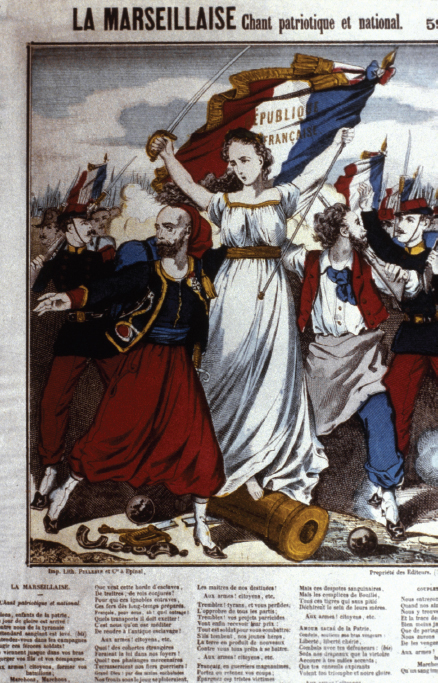Romanticism and Revolt

In the wake of the Industrial Revolution came actual revolution — the central fact in the politics of the age. It began with our own American Revolution. Then the French Revolution of 1789 rocked all of Europe. It was followed by a whole set of aftershocks up to 1848, a year of major upheavals in France, Germany, Austria, and Italy.
The Romantics were inevitably cast in the role of rebels against the established order. Many musicians (like many poets and painters) associated themselves with libertarian politics, starting with Beethoven, who wrote a symphony named Bonaparte (which he renamed the Eroica; see page 205). In a later generation, Liszt briefly espoused a strange half-
Along with political revolution went social revolution. The barriers of hereditary nobility were breached, and the lower and middle classes gained more social mobility. Thus Liszt, who was the son of an estate foreman, could conduct glamorous liaisons — one stormy, the other stable — with a French countess and a Russian princess. The importance of this was not lost on Liszt’s contemporaries; the countess is another of the celebrities included in the picture of Liszt at the piano (though the artist tactfully hid her face).